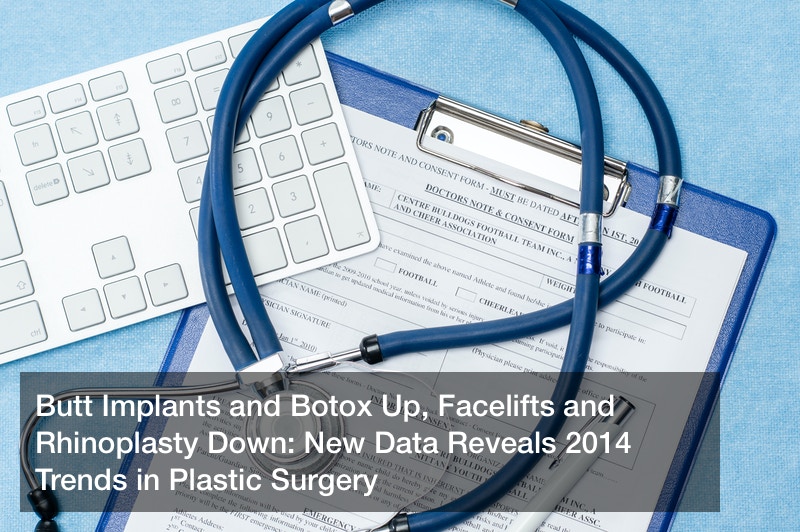UPDATED 12/3/2020
By 2014 Botox treatments had exploded. Botox treatments were one of the top five cosmetic surgeries provided, numbering almost 3.6 million treatments. Women continued to be the primary customer for Botox treatments, generally making up 8 out of 10 cases serviced. Regardless of the fact that Botox was produced from the botulin strain, the medical product enjoyed significant marketing reach and awareness. Botox also turned out to be one of the key factors for cosmetic treatments that increased men’s interest in improvement. In 1997 the total procedures were only 120,000 annually. However, by the time 2014 closed and 2015 began, that figure rocketed up 10 times in number after botox treatment awareness grew. Botox and its application in reducing the look of aging, wrinkles and sagging skin drew a whole new audience and customer base that didn’t exist prior to 2014.
Botox also started seeing significant application for serious headache patients. The average age of such patients was 45, folks had suffered for 13.5 years and tried multiple other treatments that had not worked, and many patients reported significant improvement from their chronic headaches after botox injections of two treatments and continuing administering botox on them periodically.
Do stars like Kim Kardashian, Nicki Minaj and Jennifer Lopez get credit for the latest plastic surgery trend? It’s entirely possible that emulating the stars could be the reason for the rise in cosmetic surgery augmentations and lifts to the derriere.
Since 2000, the number of butt implants performed yearly has doubled from 942 to 1,863 as of 2014, according to just-published data from the American Society of Plastic Surgeons.
Breast augmentation still remains the most popular surgical procedure for women, at 286,254 procedures total last year. That number is up from 212,500 in 2000, marking a 35% increase despite declining 1% since 2013.
However, in addition to America’s obsession with having plenty of junk in the trunk, the new data may reveal something else about self image.
Certain trends are actually on the decline as of last year, including eyelid surgeries, facelifts, forehead lifts, hair transplants and chin implants. Even rhinoplasty declined 44% since 2000, and 2% since 2013, to a total of 217,124 procedures in 2014.
Up just slightly are lip and cheek augmentation, and more men, perhaps due to rising obesity statistics, are getting breast reductions.
Does this mean that Americans feel better about their appearances? An article from The Atlantic on March 5 says that it may be that more Americans have lost weight on their own and are only turning to plastic surgery “to sculpt their newly toned physiques.”
Yet nonsurgical procedures remain popular for many Americans. Soft tissue fillers, for instance, have increased in usage 253% to 2.3 million procedures, while microdermabrasion, a milder skin polishing treatment, has remained more or less steady with around 800,000 procedures annually since 2000. Dermabrasion, which polishes the skin and helps remove blemishes like acne scars, has doubled.
But the most dramatic rise in nonsurgical procedures is seen in Botox, which has become 748% more prevalent since 2000.

In 2000, just 786,911 Botox, or Botulinum Toxin Type A injections, were performed in the United States. In 2012, that number had increased to 6.1 million procedures, and has climbed steadily each year: 6,321,160 in 2013 and 6,673,608 in 2014.
New to the list since 2000 are laser skin resurfacing and procedures like IPL, or intense pulsed light, which treat skin conditions ranging from acne scars to varicose veins.
Overall in 2014, 1,677,478 cosmetic surgical procedures were performed, but there were about eight times as many cosmetic nonsurgical or minimally invasive procedures performed at a total of 13,945,388.
Although surgical procedures in total declined 12% since 2000, minimally invasive procedures rose a staggering 154% over the past 14 years.
Total surgical and minimally invasive procedures rose 1% and 4% since 2013, respectively.

